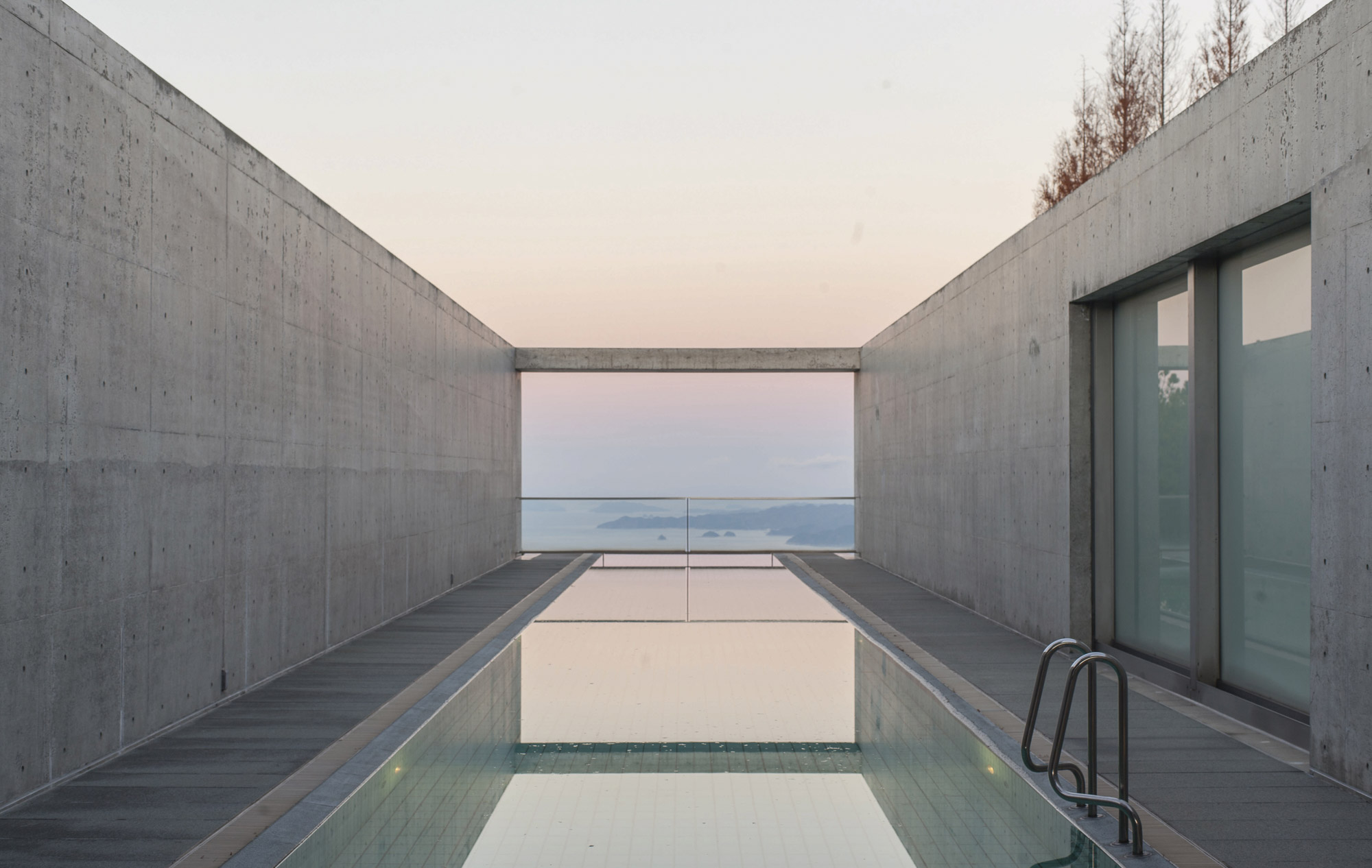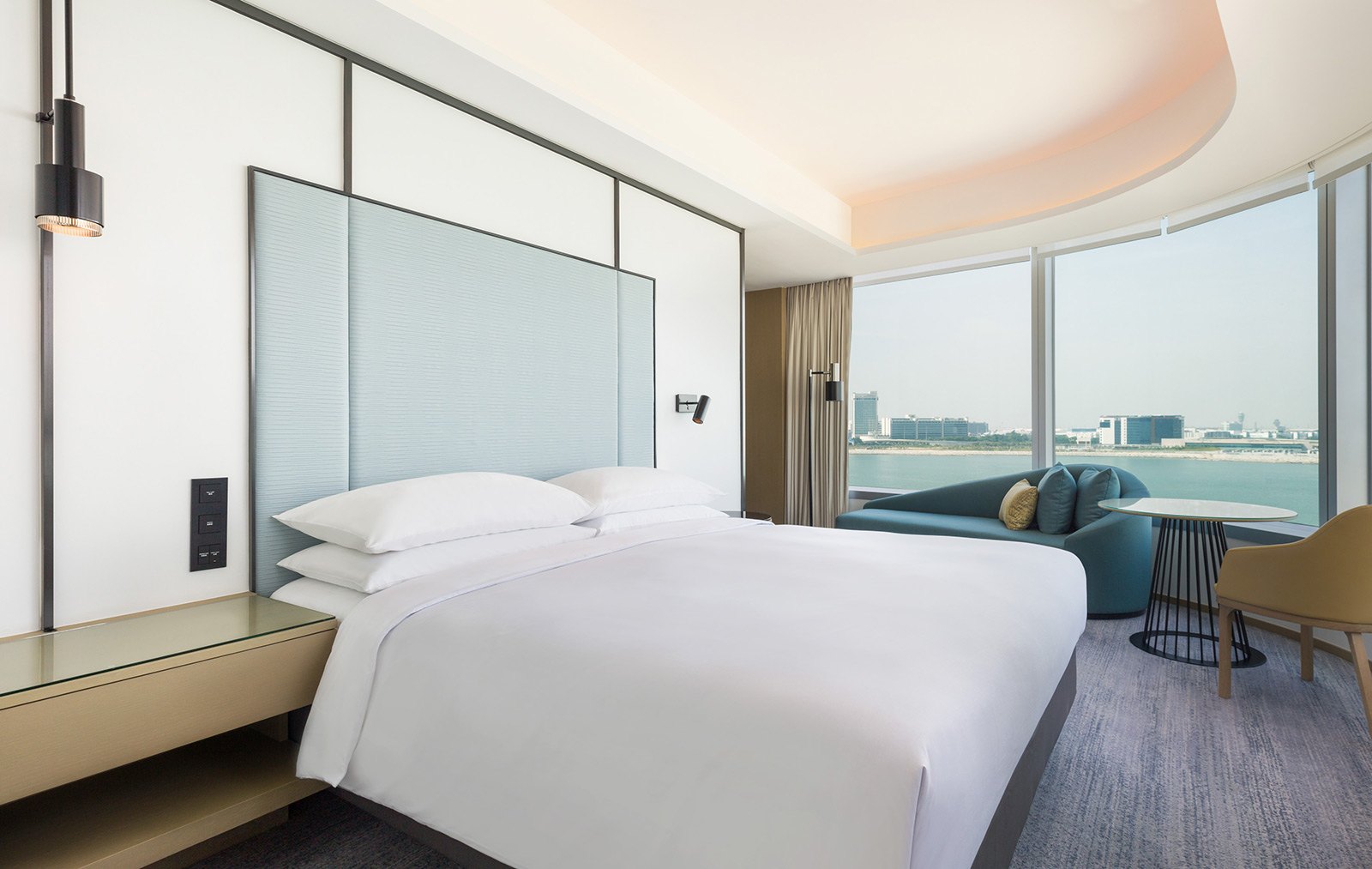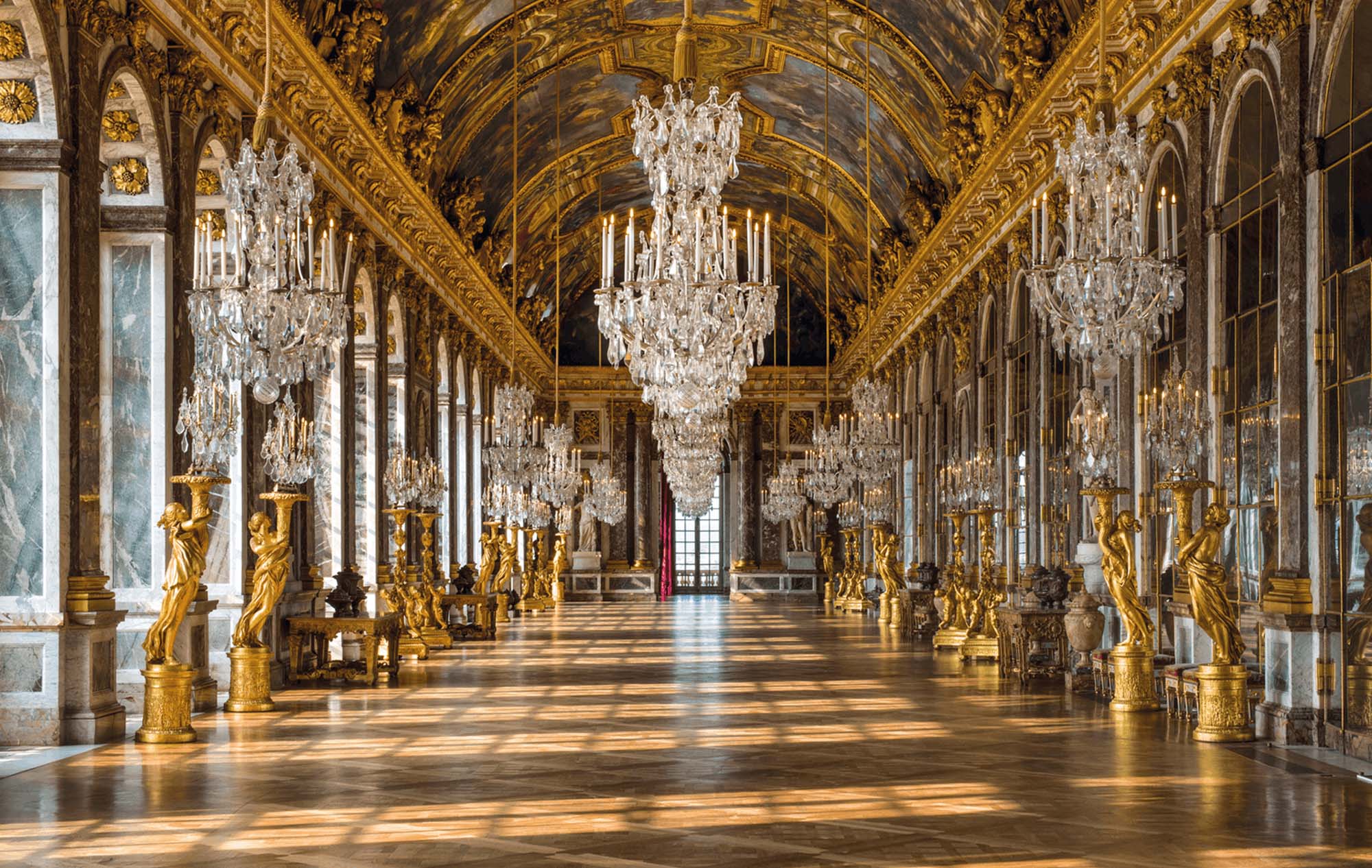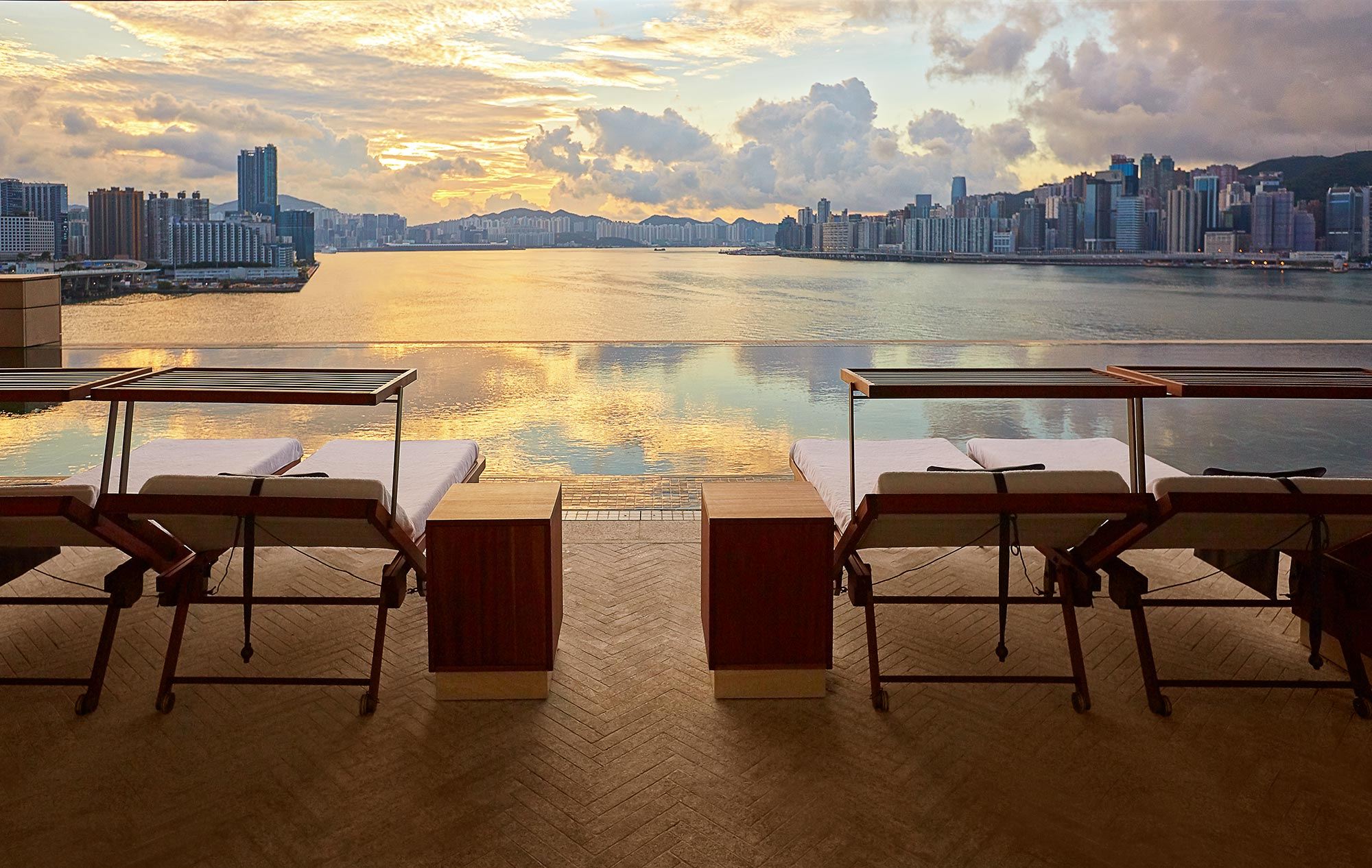It’s not as if architects have only become famous public figures in the current century – as anyone even slightly familiar with the names Palladio, Wren, Lloyd Wright and Le Corbusier will know. But it’s only now that they have a catchy new portmanteau to replace their hard-to-remember genres and movements. Welcome to the era of the starchitect.
Here’s another thing that’s changed: they’re getting heavily into the hotel business. There have always been distinguished hotel buildings (The Ritz in Paris, the Fairmont in San Francisco, The Savoy in London, Raffles in Singapore), but their designers were happy hiding behind the brass plates of their company offices.
No longer. Since the boutique revolution of the 1990s, hotels have become great copy: and where there’s great copy to be had, ambitious starchitects will follow. Here are some of the starriest.
Setouchi Aonagi, Matsuyama
Thanks to the Setouchi International Art Festival, design is integral to the town of Matsuyama on Japan’s Shikoku Island. It’s where you’ll find Tadao Ando’s new hotel: a seven-room retreat in a former art museum overlooking the Seto Inland Sea. Ando is best known for projects in Japan, including Tokyo’s 21_21 Design Sight museum, and recent builds in Mexico and the US – all marked by the use of raw concrete and natural light. The Setouchi Aonagi hotel is no different: rooms, two pools, a sauna, a restaurant and a gallery are all framed by angular concrete with minimalist furnishings throughout.
Twelve at Hengshan, Shanghai, Chinese Mainland
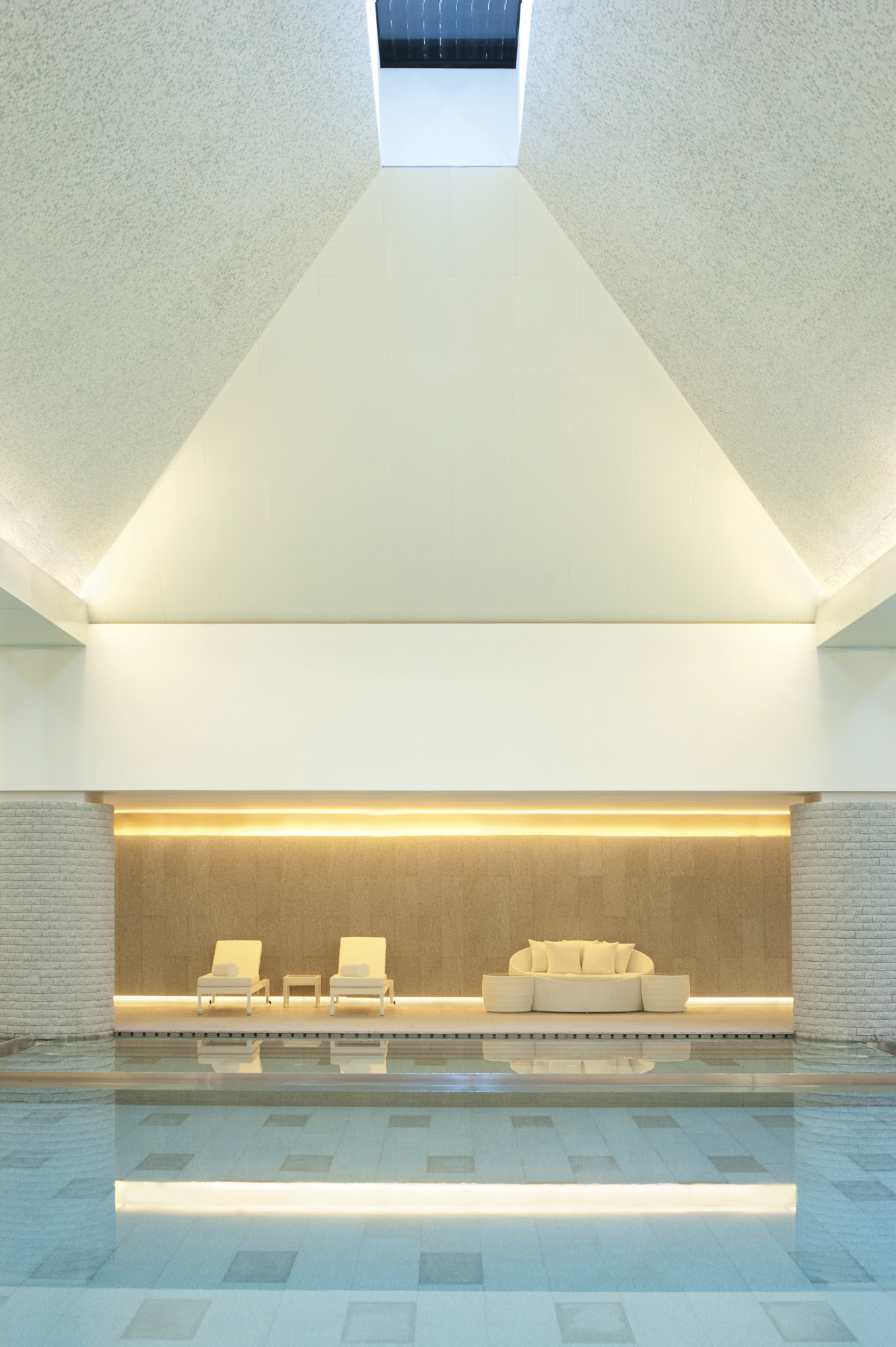
This 171-room hotel in Shanghai’s French Concession designed by Mario Botta (also behind the postmodern San Francisco Museum of Modern Art and Museum 1 of the Leeum, Samsung Museum of Art in Seoul) reflects the marriage between East and West. The Swiss architect’s hotel, dressed in 20,000 terracotta tiles (a signature Botta design move), emphasises open spaces: there’s a rooftop restaurant serving Mediterranean and Asian dishes, and the hotel surrounds an elliptical Chinese garden featuring cherry blossoms, bamboo groves and a stream. Elsewhere delicate floral screens and clean modern lines add to the classy chinoiserie aesthetic.
Hotel Marqués de Riscal, Rioja
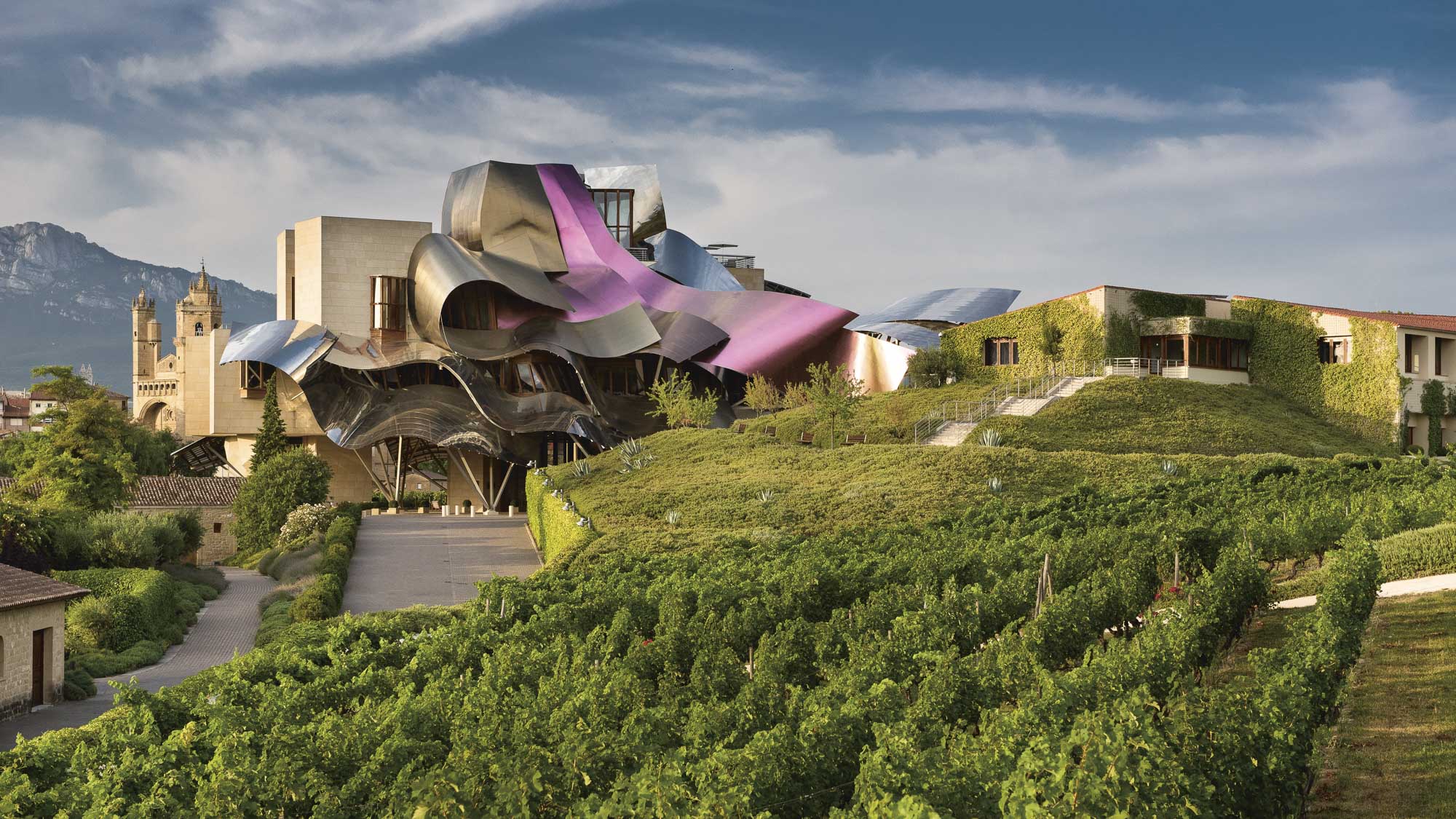
You can’t miss Frank Gehry’s Hotel Marqués de Riscal in Spain’s Rioja winelands. The reflective sheets of the architect’s curved metal roof, set against sandstone walls, are straight out of the Gehry architectural sketchbook, looking almost extraterrestrial in the middle of old wine country. When the hotel opened in 2006, the bold design made it Rioja’s own Guggenheim (the Gehry-designed museum in nearby Bilbao), acting as a lightning rod for tourism to the area and signalling to Gehry’s competitors and followers that hotel projects suddenly had profile. On offer at Marqués de Riscal is fine wine (naturally), horseback riding, tours of the 19th century winery and spa treatments using grape juice.
The Hotel Luzern, Lucerne
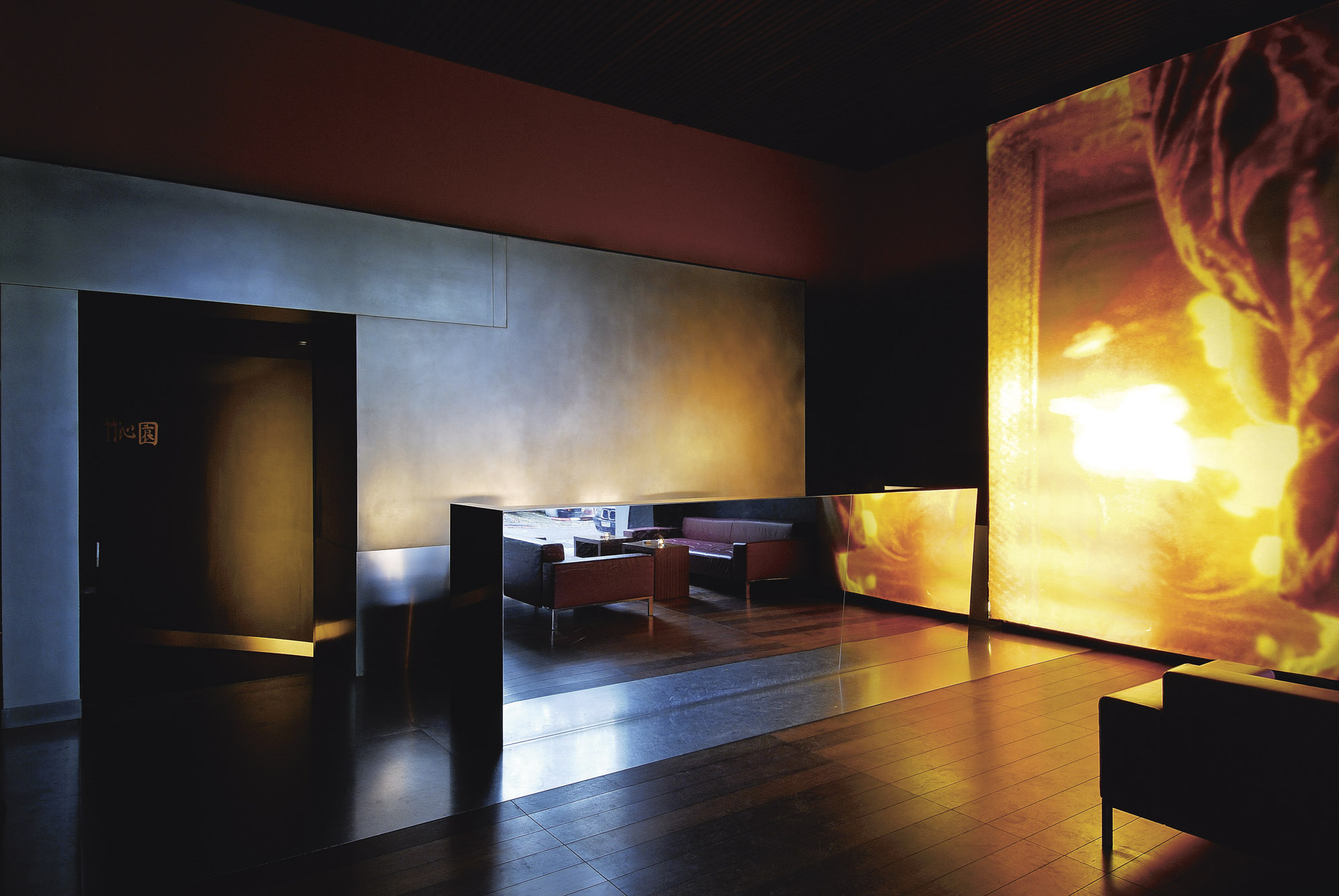
French architect Jean Nouvel is never one to shy away from controversy and his design for The Hotel Luzern in the Swiss town of Lucerne is no different. The property’s understated exterior and common areas dominated by wood and steel are a hallmark of the Pritzker Prize-winning architect’s style. Each of the 30 rooms draw on his passion for arthouse cinema: dark, handsome interiors are lit up by intimate film stills stretching across entire walls or ceilings. Not far from the hotel is the Cultural and Congress Centre, also designed by Nouvel.
The St Regis, Shenzhen, Chinese Mainland
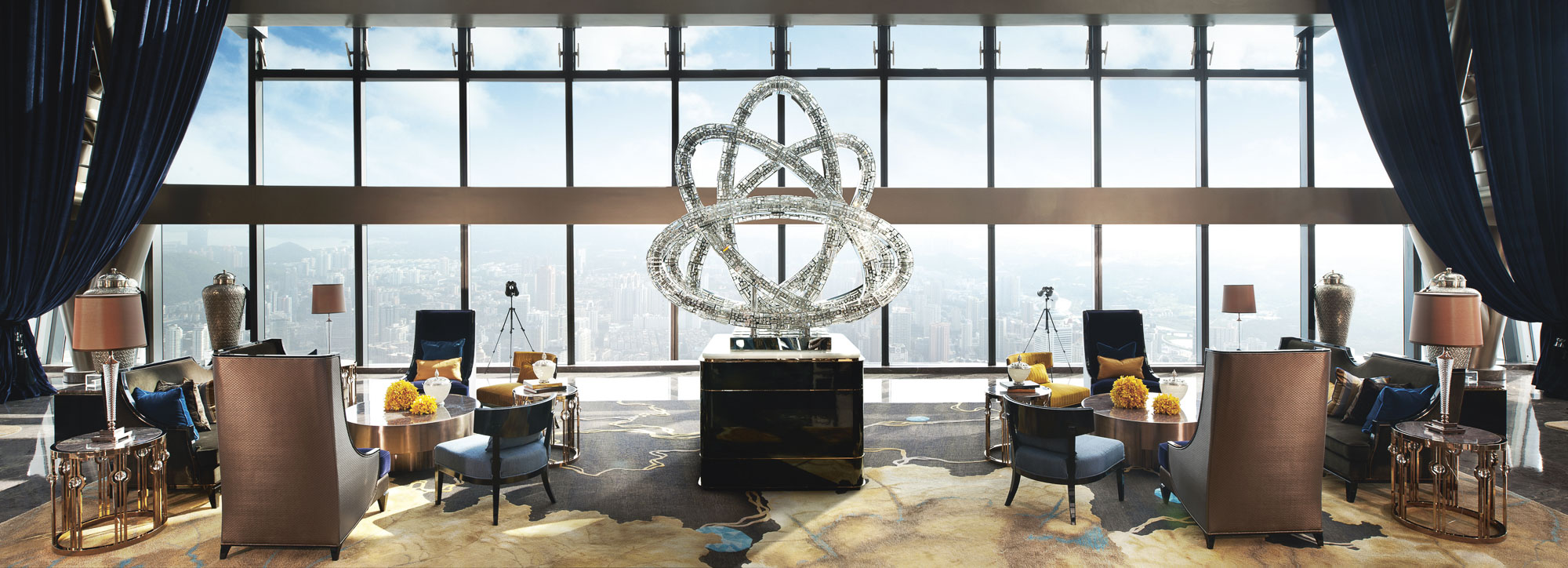
Shenzhen has a burgeoning arts and culture scene: the Museum of Contemporary Art and Planning Exhibition opened last September and the Design Society, with an outpost of London’s V&A Gallery, is due to open later this year. Fitting neatly into this is The St Regis Shenzhen. Occupying the top 28 floors of the Kingkey 100 skyscraper, the luxury hotel was designed by Sir Terry Farrell, best known for London’s Thameside MI6 building. Guests get panoramic views of Shenzhen’s ever-changing cityscape from a towering postmodern hotel that’s a marked departure from the brand’s conservative image.



